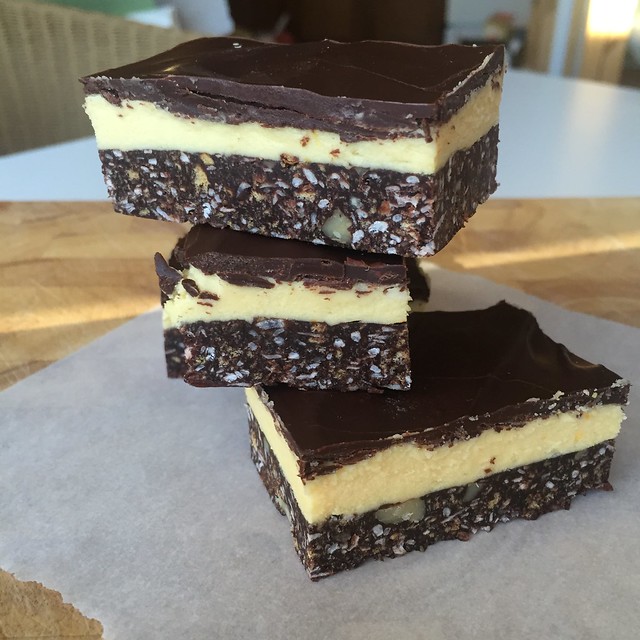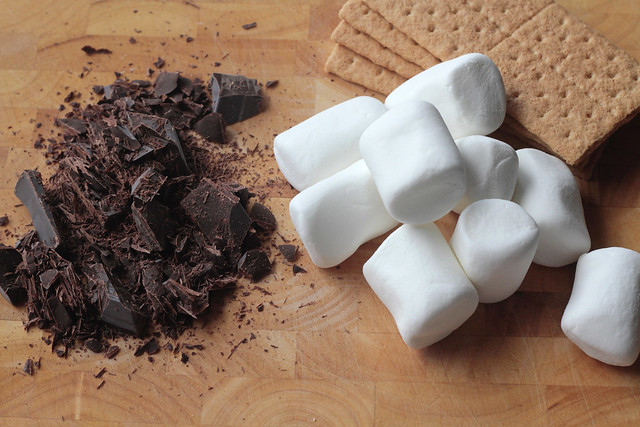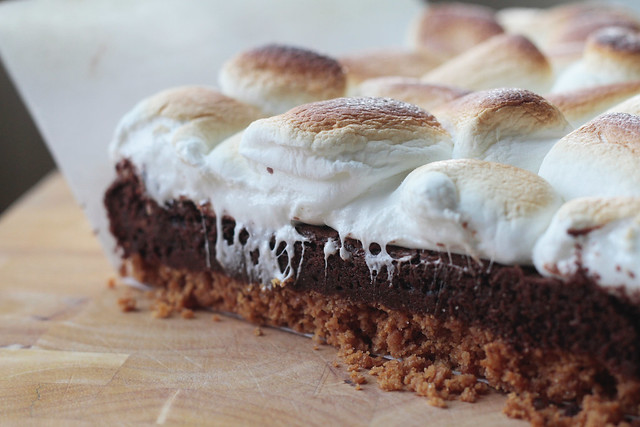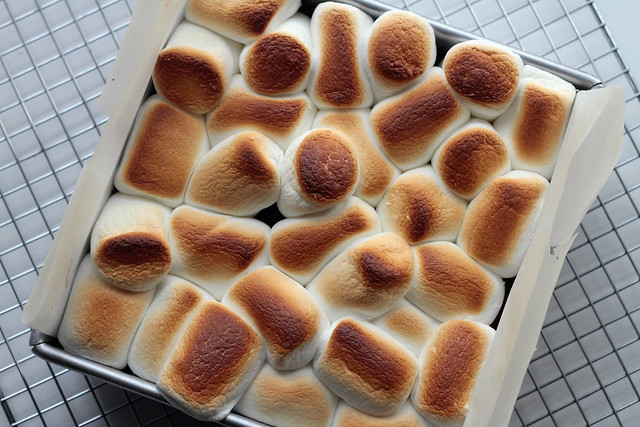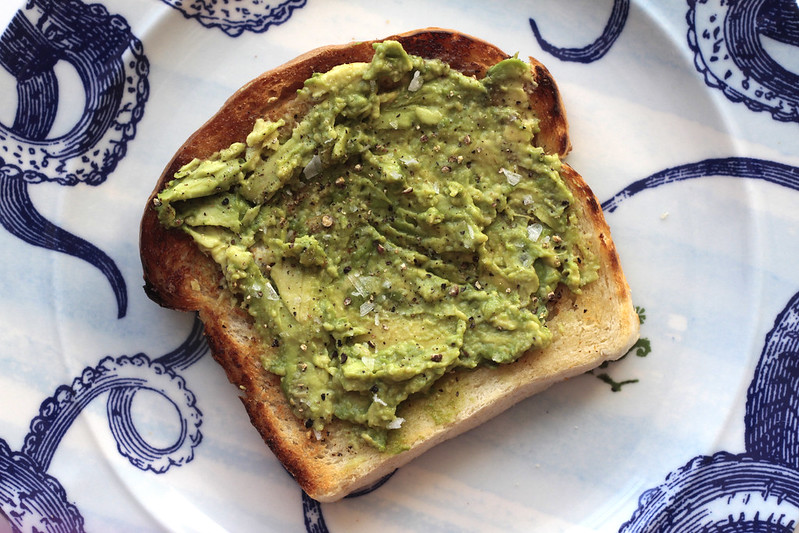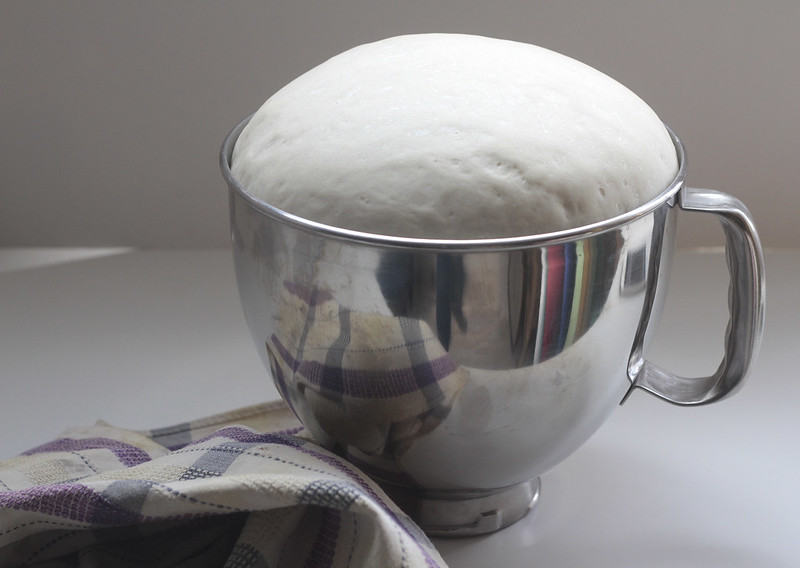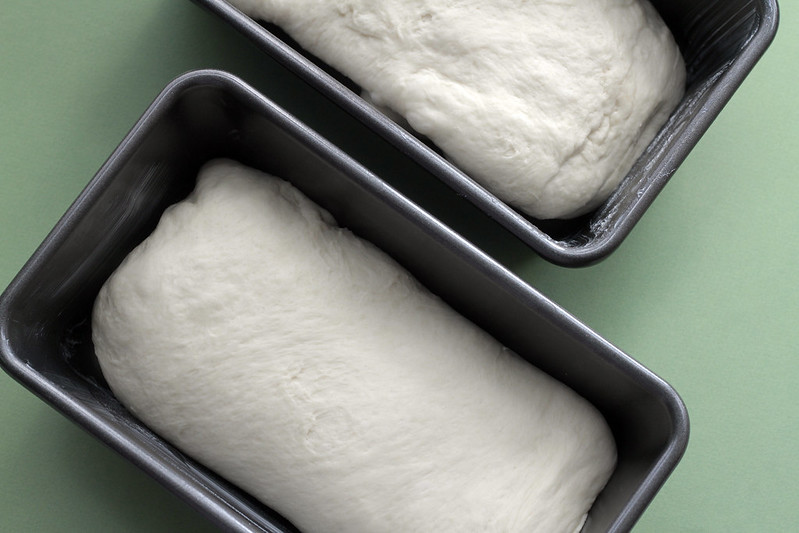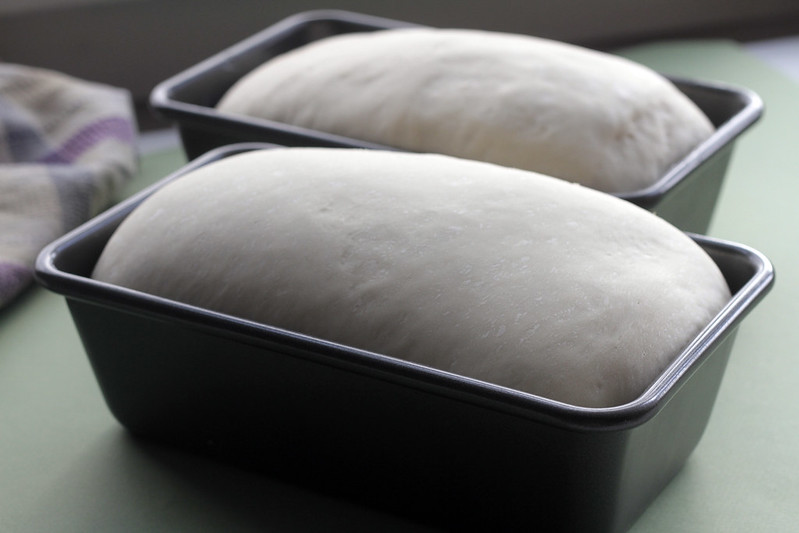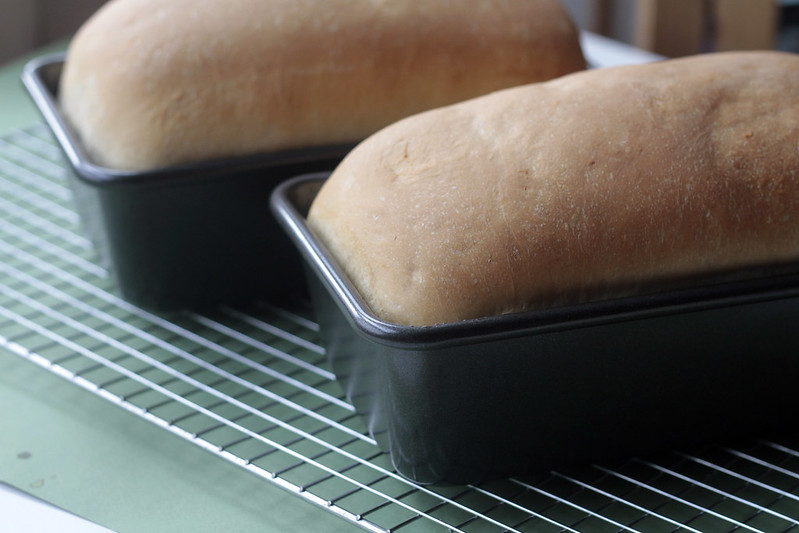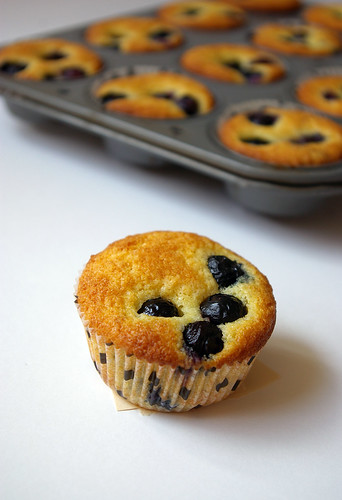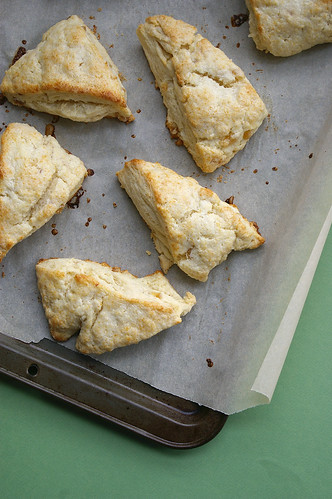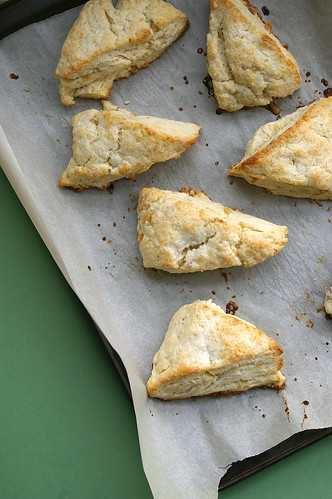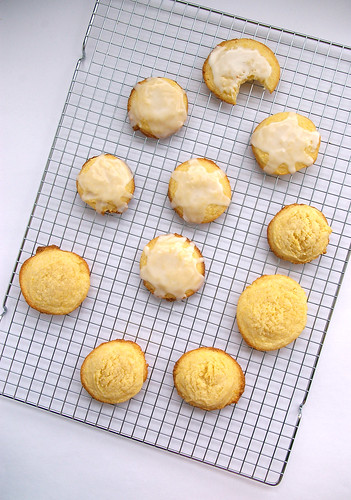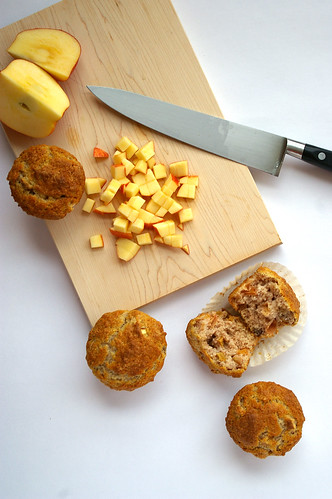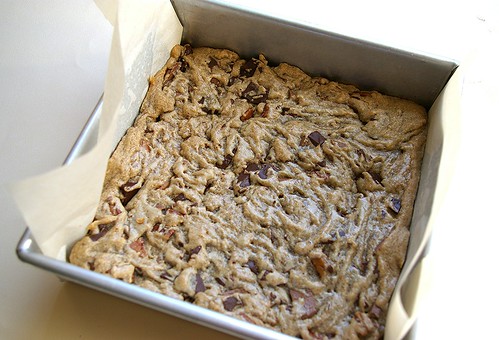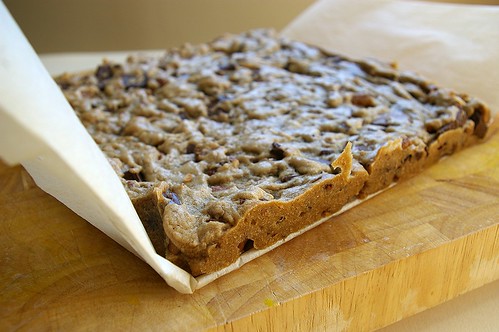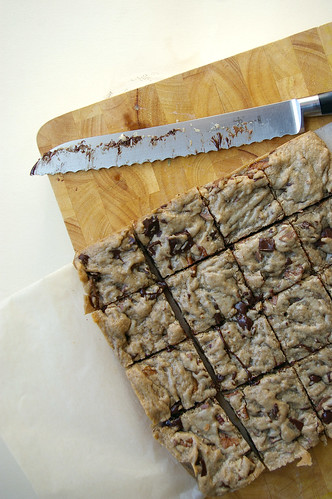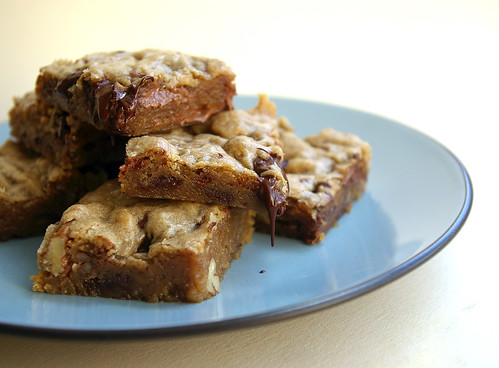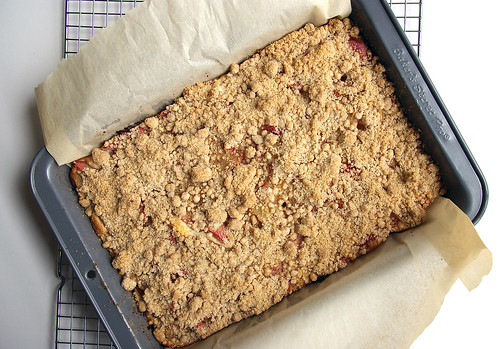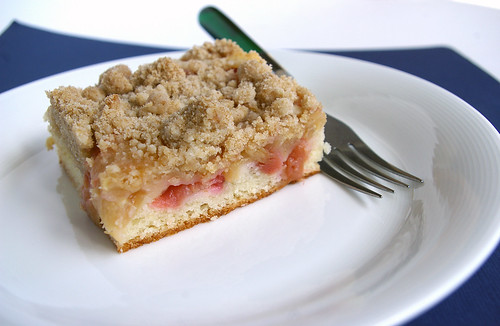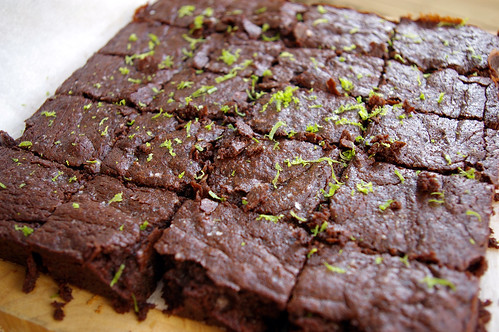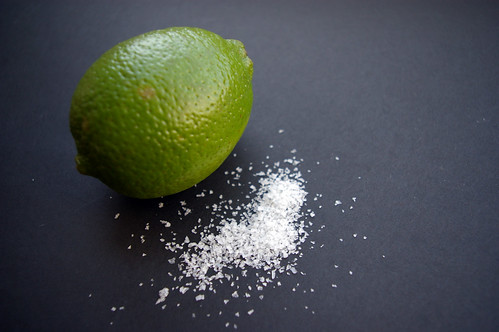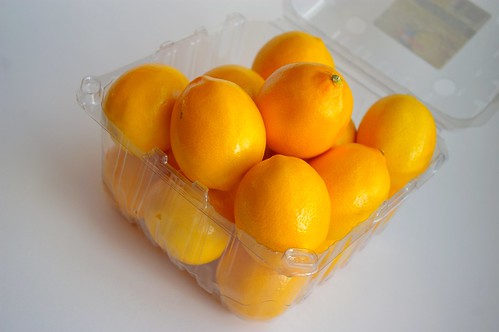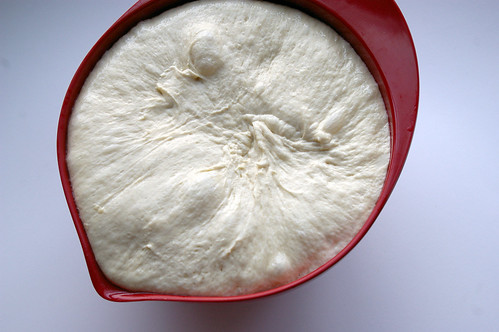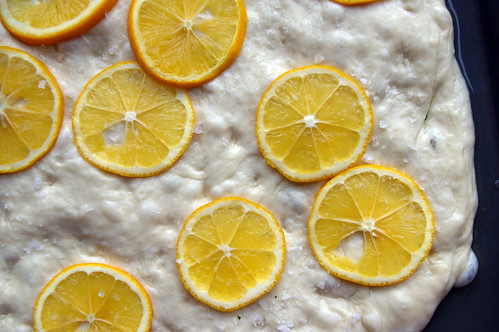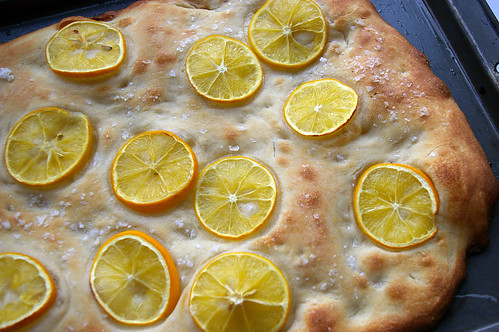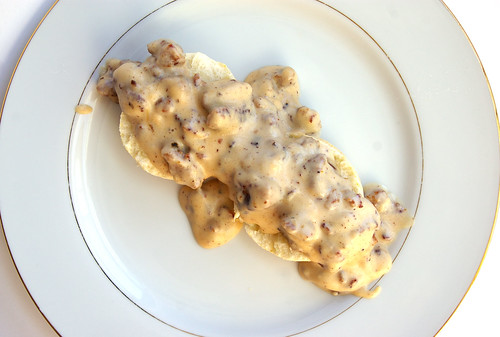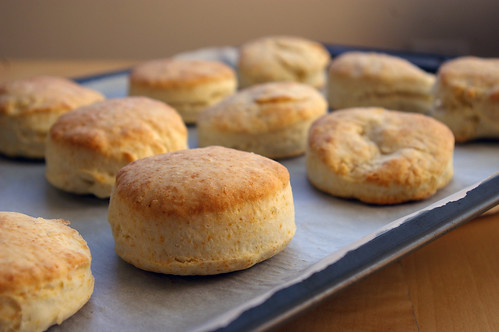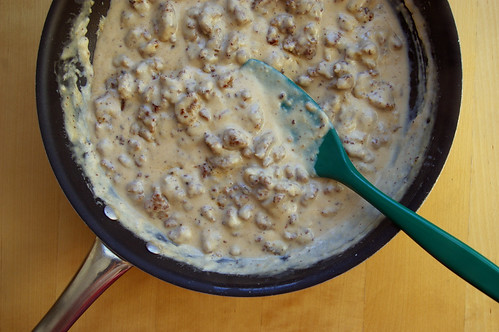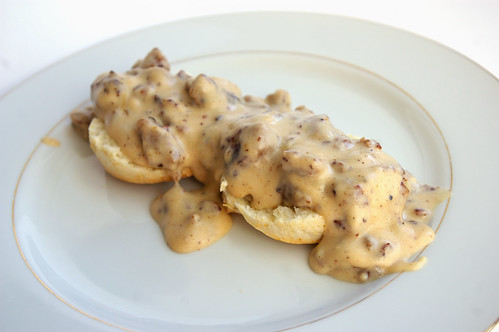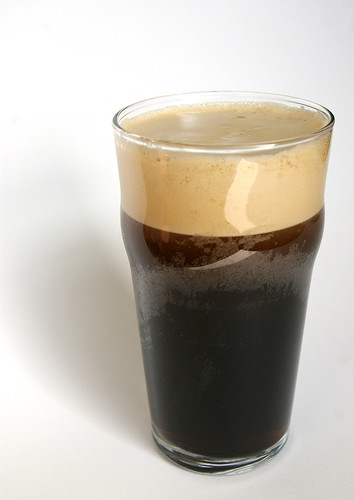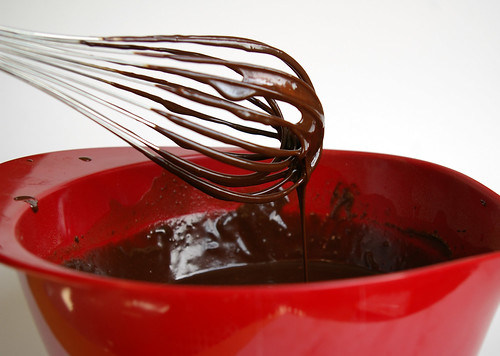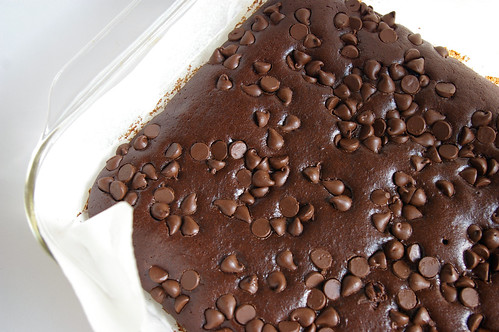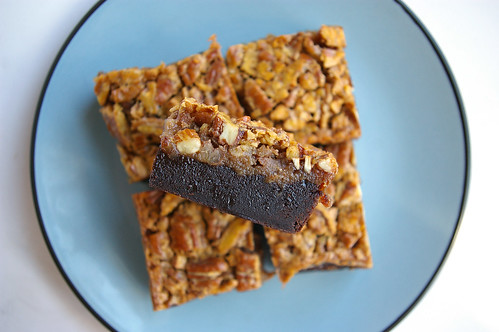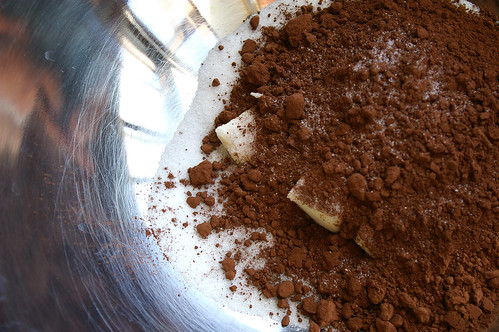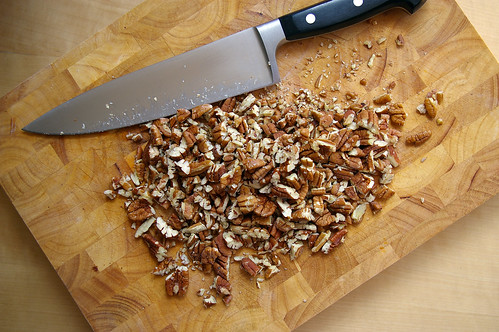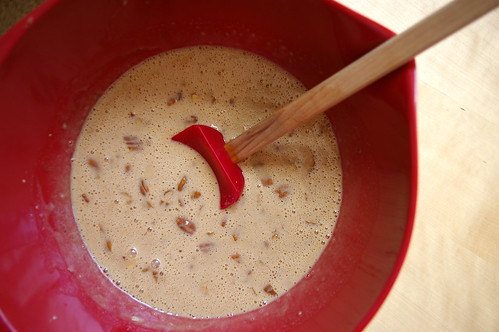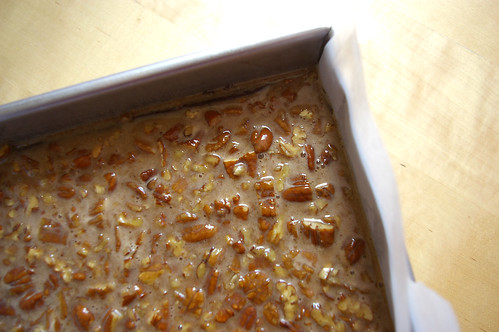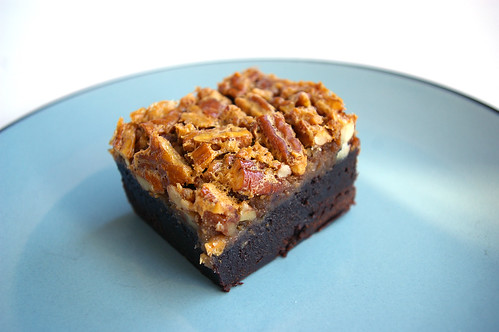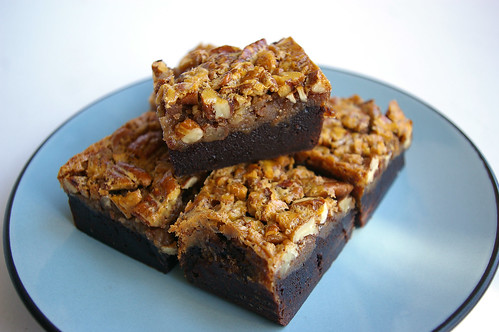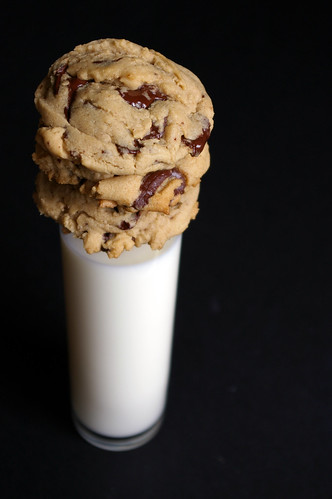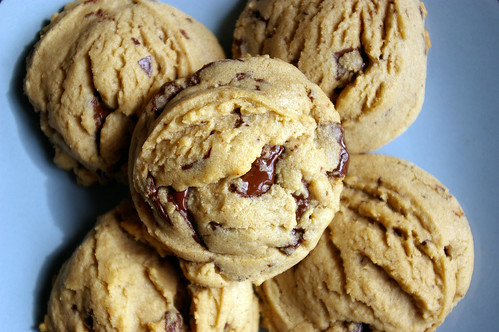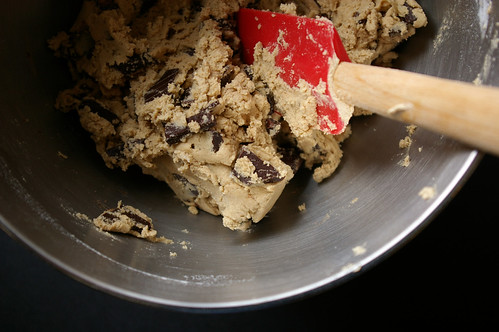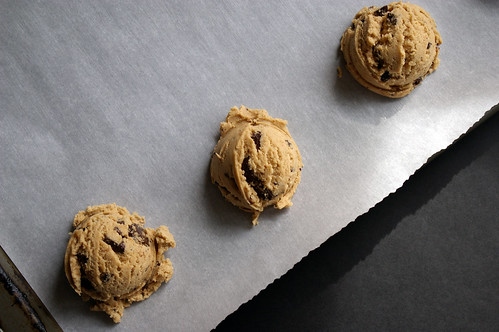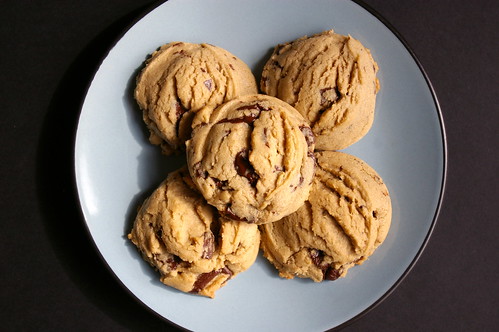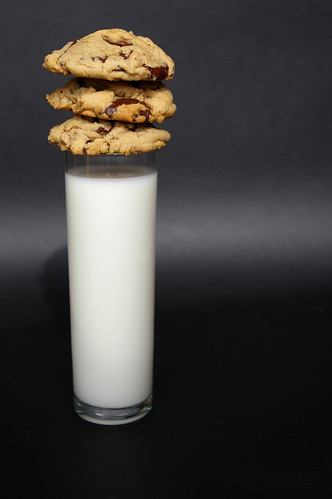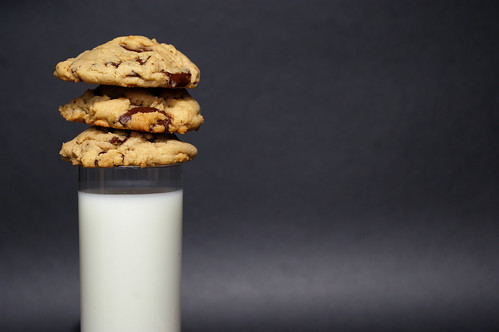I was lying in bed last night watching Netflix around 10:30 p.m. when I was hit with a strong craving for Nanaimo Bars.
None of this is unusual; I am hit with such cravings with alarming regularity.
I also wasn’t surprised that when I tweeted it out, I sparked cravings in others. (Sorry, guys!) It seems this Canadian classic is something we all find infinitely craveable. For me, it’s been this way since I was a kid.
This post has been sitting in my drafts for some time — I have no idea why. My procrastination/follow-through issues are serious business, apparently. But it seems incredibly timely to get it up. And then go to the store to get what I need to answer the call for Nanaimo Bars. (And take more photos because one is most certainly not enough.)
While I am sometimes struck by sudden, overwhelming snack cravings, these mostly boil down to two items: Rice Krispie Treats and Nanaimo Bars. Maybe it’s for the taste of nostalgia, since both of these bars were regular treats when I was growing up. Maybe it’s that they offer just the right level of sweetness. Or maybe it’s that I just love dessert bars.
Normally, I wait and let the craving pass without succumbing. Partly this is because I am missing some key ingredient and the craving isn’t strong enough to warrant a trip to the grocery store. And partly, it’s because I know I’ll eat one slice of what I’ve made and then I’ll completely lose interest.
This weekend, though, a very different thing happened. One, a craving for Nanaimo Bars struck. And two, I actually had everything I needed to make them – even the custard powder that adds a bit of flavour and signature yellow tint to the middle layer, which I had impulsively bought one day, just in case I had an urge to make them.
Am I bad Canadian if I admit this is the first time I’ve ever made this quintessentially Canuck dessert?
I grew up on Nanaimo Bars, thanks to my stepdad’s sudden – and never denied – cravings for the three-layer dessert named after the Vancouver Island city. He would make huge pans of them that would last only a day or two in our house. Since they were often in ready supply, I never learned how to make them, leading to some startling discoveries when I found out just went into them. “There are graham cracker crumbs in the base layer?” I actually said out loud when I finally decided the time had come to answer the craving.
The other discovery: they are ridiculously easy to make. A dangerous and delicious realization. It’s mostly just melting and layering, though a little patience is required as each step is followed with time to chill in the refrigerator. Conveniently, this also allows for tidying between steps, so there’s not even a mountain of dishes to do at the end.
I was wrong about one thing, though: I didn’t eat one slice and lose all interest. I ate four. Hopefully, that will be enough to keep the cravings at bay for a little while.
Nanaimo Bars
This Canadian standard doesn’t see much variation between recipes, but I upped the cocoa a bit in the base layer for an extra bit of chocolate flavour. Adapted from several sources.
Base layer:
- 1/2 cup (125 mL) butter
- 1/4 cup (60 mL) white sugar
- 1/4 cup (60 mL) cocoa
- 1 egg, lightly beaten
- 2 tsp (10 mL) vanilla
- 1 3/4 cups (430 mL) graham cracker crumbs
- 1 cup (250 mL) sweetened shredded coconut
- 1/2 cup (125 mL) chopped walnuts, pecans or almonds
Middle layer:
- 1/2 cup (125 mL) butter, softened
- 3 tbsp (45 mL) milk
- 2 tbsp (15 mL) custard powder
- 2 cups (500 mL) icing sugar
Top layer:
- 5 oz (150 g) semi-sweet chocolate, chopped
- 2 tbsp (30 mL) butter
Lightly butter an 8-inch (20-cm) square pan and line with parchment paper, letting a few inches hang over each side, like a sling. (This will make it easier to remove the bars for cutting.)
In a double boiler, set over medium heat, melt the butter and add the sugar and cocoa, whisking until smooth. Slowly drizzle in the beaten egg, while still whisking and continue stirring until the chocolate mixture has thickened. Remove from the heat and stir in the vanilla, graham cracker crumbs, coconut and nuts. Add to the prepared pan and press into an even layer. Chill for 40 minutes.
Prepare the middle layer by beating together the butter, milk and custard powder. Once wellmixed, add the icing sugar and beat until smooth and creamy. Spread evenly over the chocolate base and let the bars chill again for another 30 minutes.
In a double boiler set over medium heat, melt together the chocolate and butter until smooth. Let cool slightly, then pour over the bars. Chill until the chocolate has set.
Remove from the pan and slice.
Makes 36 bars (depending on how large you cut them).

